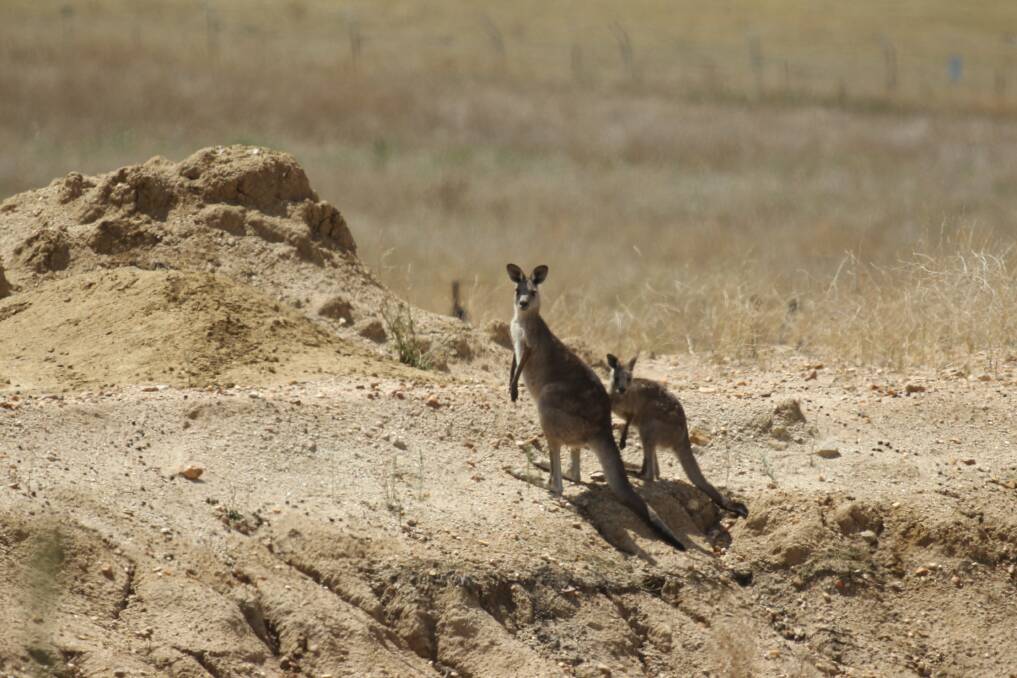
NSW Ambulance has warned road users to be aware of wildlife following a spike in crashes with kangaroos.
Subscribe now for unlimited access to all our agricultural news
across the nation
or signup to continue reading
Since August 1, 2017, paramedics have attended 38 collisions involving kangaroos, including eight in the states’ west.
In the most recent incident, on Friday night, a 57-year old male motorcyclist died after colliding with a feral pig on a country road at Coolah.
NSW Ambulance Inspector Rhys Dive said dry weather and soaring temperatures was forcing wildlife to road sides, looking for plant growth.
“Animals often move quickly and are unpredictable so it’s hard to know what to do next when confronted,” Insp Dive said.
Paramedics have attended 224 incidents involving wildlife in the past two years, with estimates suggesting one in seven crashes on country roads involves animals.
He said incidents included vehicles losing control and either rolling or colliding with trees and other obstacles, and sudden braking that resulted in collisions with other vehicles, including rear-enders.
Insp Dive advised people to stay alert and slow down, especially at sunrise and sunset when visibility is decreased and animals tend to be more active.
“Quite a few of the incidents which have occurred in the past few months have involved motorists travelling in excess of 100 kilometres per hour and the sudden impact has caused the vehicles to roll or veer into trees and down embankments,” he said.
He said road users should also prepare if they see any sudden movement from the edges of the road and be patient if a vehicle ahead suddenly slows down or stops.
He added kangaroos travel in mobs so a kangaroo sighting, including deceased kangaroos on the road, is a sign there are others nearby.
Among this month’s casualties was 50-year-old Col Wooderson, of Bowral, who collided with a kangaroo while riding his bicycle on the Old Hume Hwy at Berrima at 5.15am last Monday, October 23.
Mr Wooderson was catapulted over the handlebars and landed on his head, the force splitting his helmet. He was rushed to Liverpool Hospital suffering two broken bones in his neck, a spinal fracture and a significant cut to the forehead.
“It all happened so quickly. It was still dark and quite foggy and I was riding down a hill with a mate,” Mr Wooderson said.
“The kangaroo came from the bush and straight at me on to the road. The last thing I remember was him looking at me and me looking at him.
“We always see them around but there’s probably a bit more at the moment because it’s so dry and they’re coming on to the nature strip for feed.”
The NSW Centre for Road Safety has further advised people to:
- reduce speed when they see animal warning signs;
- only brake when it is safe to do so, and;
- never swerve – it is safer to hit an animal than swerve and lose control of your vehicle
Insp Dive reminded motorists that, with the amount of grass feed around, farmers would also be taking the opportunity to put their stock onto stock routes.
“So aside from wildlife, we’ve also got cattle and sheep on the roads as well,” he said.
If you find injured wildlife, call WIRES on 1300 094 737 or NSW National Parks on 131 555.


